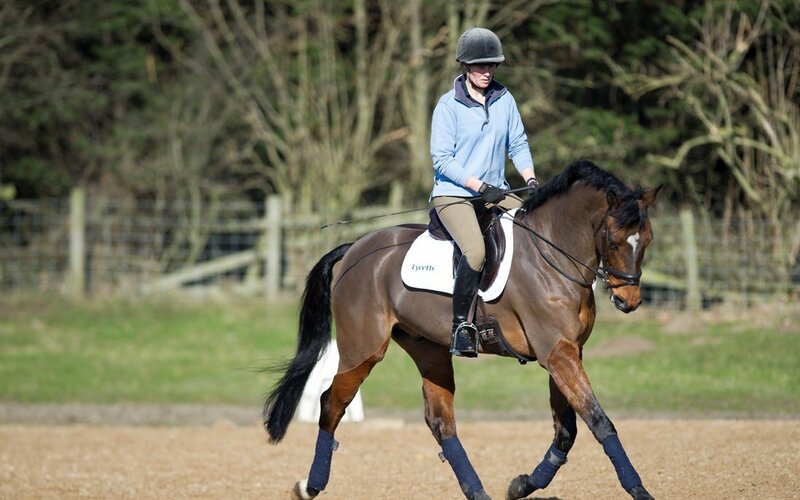
What surface should you train on for eventing?
What surface you train on is key to event horses’ fitness and schooling plans. We explore the research behind the surface you train on and how to reduce the risk of injury.
Varying ground conditions provide a talking point for eventing fans throughout the season. The great British weather ensures that event organisers spend many sleepless nights trying to design the perfect ground preparation plan, while riders and owners have to balance their competitive options with training at home through the seasons in a variety of conditions.
Varying ground conditions provide a talking point for eventing fans throughout the season. The great British weather ensures that event organisers spend many sleepless nights trying to design the perfect ground preparation plan, while riders and owners have to balance their competitive options with training at home through the seasons in a variety of conditions.
Types of arenas
Those with access to an arena are faced with an array of choices when selecting an arena surface with rubber, fibre and sand some of the common ingredients.
“No one surface suits every horse and every discipline,” advises equine vet and two star event rider Natalie McGoldrick (MA VetMb MRCVS). Natalie is concerned about the over-use of arenas in training and doesn’t have one at home, preferring instead to do the majority of her training out hacking.
“Smaller schools can have more of an impact on tendons and ligaments, and lunging on a repeated 20m circle on a deep surface can be horrific,” she warns.
Despite some growth in the use of artificial surfaces for dressage and show jumping at events, the majority of the sporting action still takes place on grass and Will Furlong is quick to point out that he likes to do a lot of his training on grass, too: “On a ‘typical’ week, any one horse won’t do more than three days in the school. I do all of my fast work on grass and we try to expose the horses to as many different surfaces as possible, including going to the beach.”
This varied training approach is backed by science. The horse’s musculoskeletal system adapts to the surface used, so if the horse is constantly ridden on the same surface, the musculoskeletal system is not prepared for any variations, creating one of the risk factors for injury.
“Cross training is hugely beneficial to tendons and ligaments. I see more and more injuries where horses train too much on a surface and then compete on grass, and their limbs are just not used to it,” explains Natalie.
Variation is good, but taking this theory too far and working a horse on extremely uneven or inconsistent surfaces increases the risk of trips and falls, which in turn lead to injuries.
“Maintenance of an artificial surface is key – you don’t want it to get too deep or too hard,” advises Natalie. Uniformity is an important factor, too – if the firmness, cushioning and grip change as you ride across an arena, the horse is more likely to trip.
Using arenas
In 2014, the FEI produced a white paper which summarised a lot of the key research into artificial surfaces in equestrian sport, and this document makes a wise statement: “The risk of injury on a surface is influenced to a large extent by how it is used – riding intensity, speed, duration, frequency and type of work are as important as the properties of the surface itself.”
One of the dilemmas that this paper highlighted was that a surface which aids better performance can in turn put more strain on the horse’s musculoskeletal system and thus increase the injury risk. For example, a surface which is very firm and/or excessively ‘grippy’ encourages the rider to ride and turn more quickly, but this higher speed in turn increases the load on the horse’s leg.
Working with an experienced BE Accredited Coach to formulate an appropriate training plan is a key part of mitigating injury risk. Engaging a reputable arena company and seeking advice from your coach should ensure that you select the best fit for your yard – and your horse.
Find out more about BE training HERE
